Many modern pink varieties are characterized by long flowering and resistance to different climatic conditions. But very often, flowers die due to exposure to freezing temperatures, as they are unprepared for wintering. To prevent such a course of events, you need to clarify in advance how to prepare roses for winter and how to cover them.
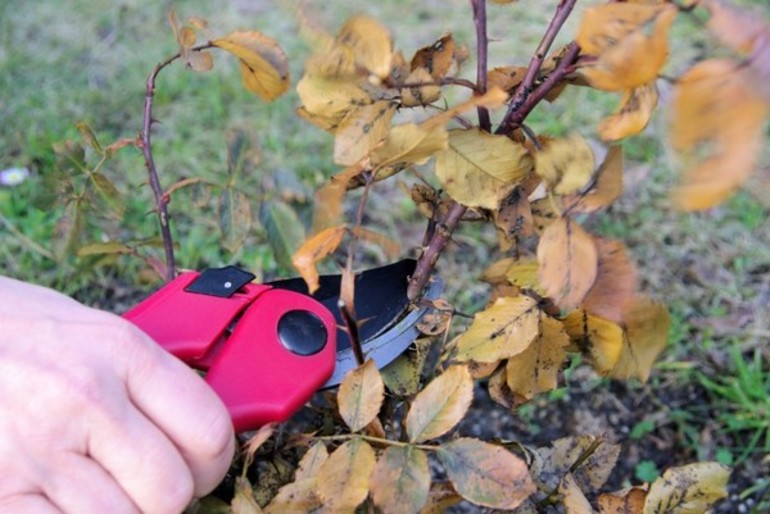
Content
Preparatory stage
If the grower did not have time to prepare roses for winter in the middle lane, they will begin to turn green shoots and leaf cover. Blossoming of flowers is not excluded. This can be avoided if you take care of a suitable wintering of plants in advance, as well as perform quality preparation of the culture for the upcoming cold weather.
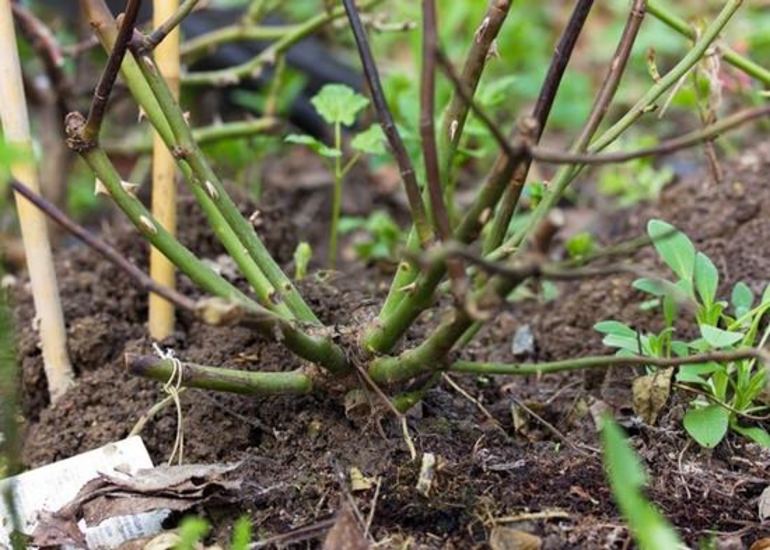
As soon as temperature indicators drop below zero, the movement of juices in the tissues of flowers will stop, and hibernation will begin in plants. But in the middle latitudes, including the Moscow Region, there are often thaws that cause the bushes to restart the vegetation processes.
As a result, dissolved nutrients circulate inside the green parts, which is accompanied by the danger of their freezing when frost returns. Covered with ice, such substances begin to tear plant tissue, causing its death. A similar process makes the rose vulnerable to the appearance of all kinds of bacteria, viruses and diseases.
Feeding Options
As fertilizers, potassium and phosphorus preparations are used, which are aimed at strengthening the root system. Among the existing options for feeding, the following are distinguished:
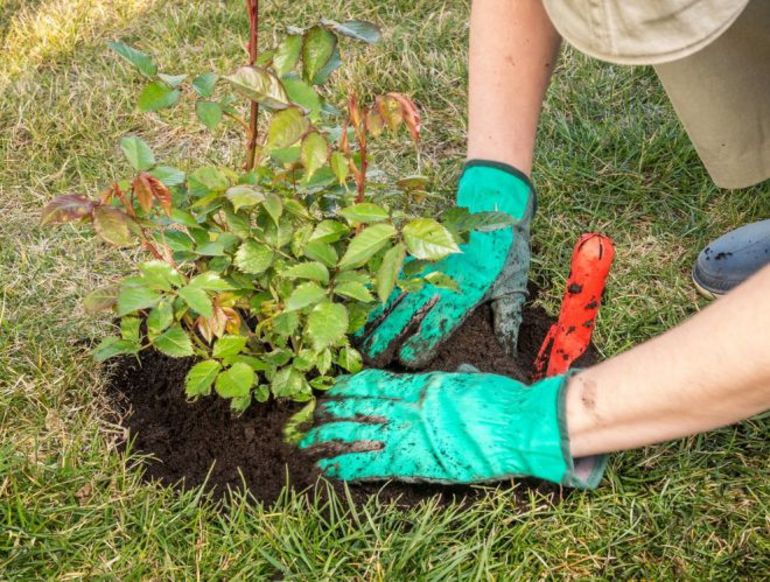
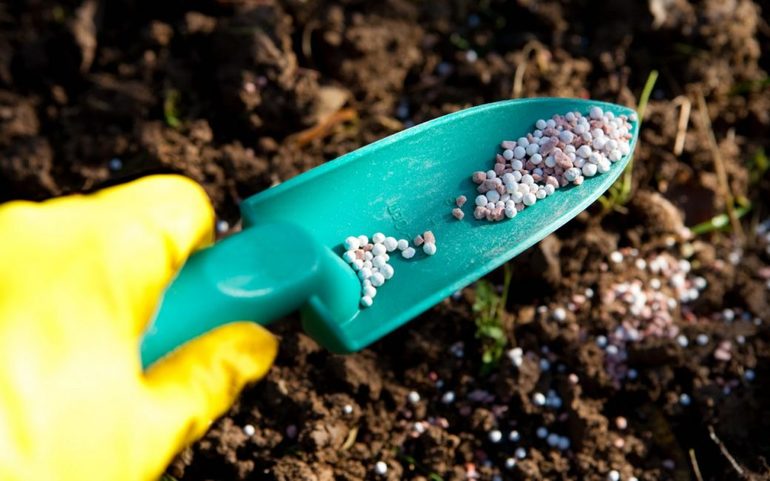
- At the end of summer, superphosphate and potassium monophosphate should be added to the soil in a proportion of 15 grams per 10 liters of water. If the arrival of the autumn season is accompanied by heavy rainfall, top dressing is applied in granular form directly under the bushes. After about a month, the feeding procedure should be repeated.
- Also under the rose bush make one tablespoon of nitrate, diluted in ten liters of water.
- An excellent dressing for roses is a solution based on banana skins. They can be applied under the bush without dilution with water, carefully chopped with a sharp tool.
- Fine fertilizer is wood ash. It should be scattered near the trunk in a dry form, if the weather is rainy. In the absence of precipitation, it is better to create an ash solution prepared from 1 cup of fertilizer and 5 liters of water.
With the advent of calendar autumn, soil loosening is suspended. Such a measure is necessary in order to prevent the possible growth of new shoots from buds of substitution, as well as new thin roots. Around the third decade of September, a growth point is nipped at the shoots and small buds are cut off. In this case, faded elements must finally mature.
Trimming work
An important agricultural technique is autumn pruning.With its help, it is possible to provide effective shelter of roses for the cold season, perform sanitary maintenance of the bush, form its decorativeness, and also lay the foundation for the future formation of new shoots, which will become a natural stimulation of good flowering.
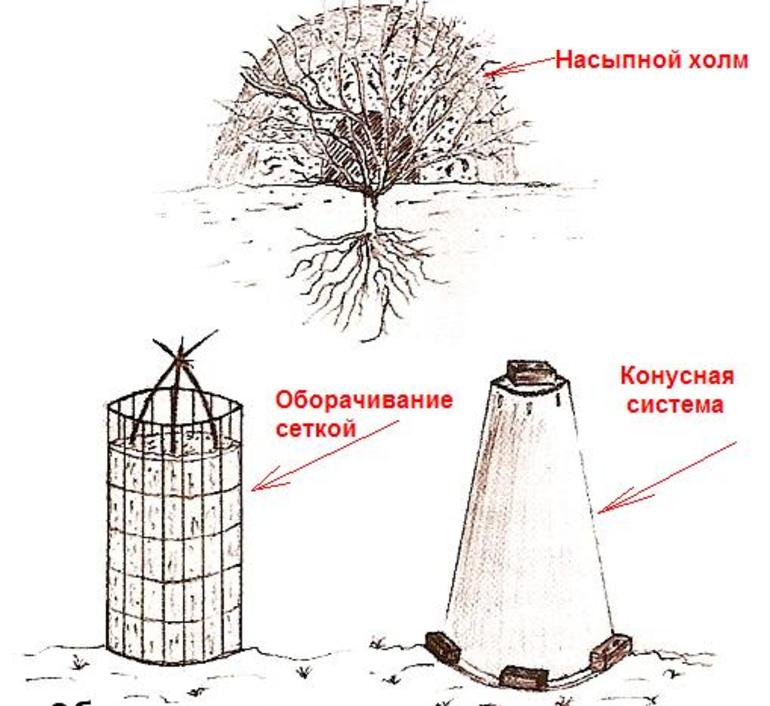
It is better to start cutting events shortly before sheltering roses for the winter. As a rule, such a procedure is done in late October - early November. Wherein it is important to consider the possible climatic subtletiesthat can change the date of cropping. In order not to be mistaken with the timing, it is advisable to start pruning after the establishment of stable weather with an air temperature of at least -5 ° C.
In the autumn period, the first thing to do is remove the affected leaves and shoots that were mechanically deformed or succumbed to infection by dangerous diseases.
As for the cleaning of the bush from foliage, disagreements arise among gardeners on this issue. Some people think that it is better not to remove the leaves, because it requires a lot of time and effort, especially if several dozen bushes grow in the garden. Others are of the opposite opinion and cut the foliage in order to protect the roses from freezing in the winter and the development of putrefactive processes on the leaves. When pruning leaves, use a sharp secateurs to prevent damage to the kidneys.
Rules of Procedure
Every caring gardener should know how to prepare roses for winter in the suburbs with pruning. This procedure is carried out both for young, recently planted bushes in the soil, and for plants growing for many years. As garden tools are used secateurs and a hacksaw. Inventory is pre-treated with an antiseptic composition. Pruning is done in fine, clear weather. As for the type of trimming, it is determined by the variety of the bush:
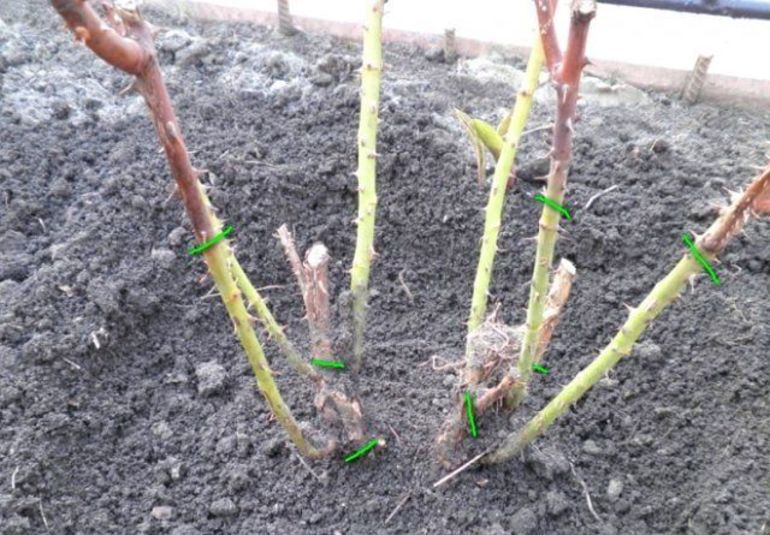
- short cuts - no more than 2-3 kidneys should remain on one shoot;
- medium - 5-7 kidneys leave on the shoot;
- long - you need to leave 8-10 kidneys.
Cropped areas are treated with copper or iron sulfate, Bordeaux liquid or potassium permanganate. If the fall season pleases with warm and fine weather, the rose can begin to grow even after removing the foliage. To prevent the death of the bush in a limited space, it is better not to cover it too early.
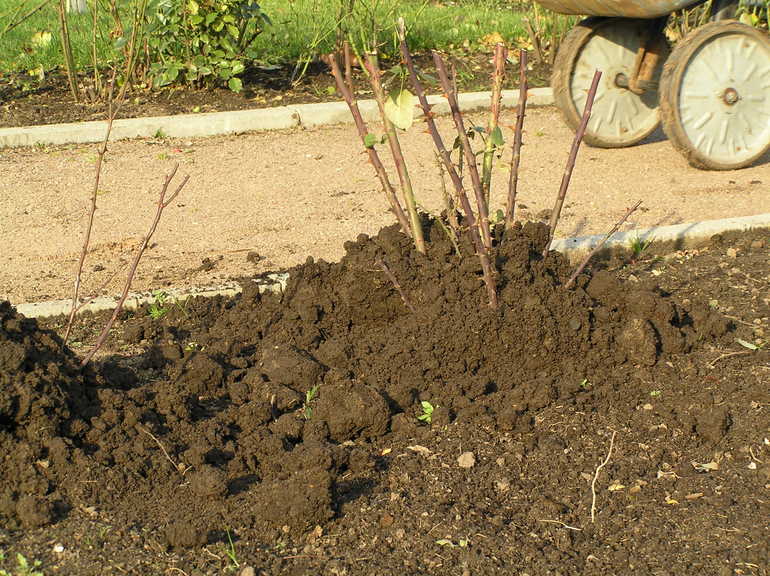
Incorrectly selected time for sheltering a bush rose can lead to the fact that she will not be able to winter and die. Choosing a date, you need to take into account weather conditions in the area where wintering takes place. It is very good if before the bush was placed under shelter on the street there were days with a stable temperature of -3 ° C. In this case, any vegetation processes in the shoots will completely stop, and the bush will go into the hibernation stage. At temperatures ranging from -7 to -10 ° C, a rose is needed cover as soon as possible.
If the culture was grafted to the roots of rose hips, it will be able to cope with more serious colds. But the rest of the park species will be destroyed by cold, even with a five-degree frost. To avoid this, it is important to study in advance the intricacies of preparing roses for winter in Ukraine, the Urals, the Moscow Region or other areas.
When sheltering flowers in the suburbs, you can use the following insulation materials:
- foliage;
- cardboard;
- burlap;
- agrofibre;
- polyethylene.
Landing in the fall
Shrub rose is an unpretentious crop in terms of planting timing. It can be planted in the ground both in spring and autumn. The second option has even significant advantages that make it more popular and popular among gardeners.
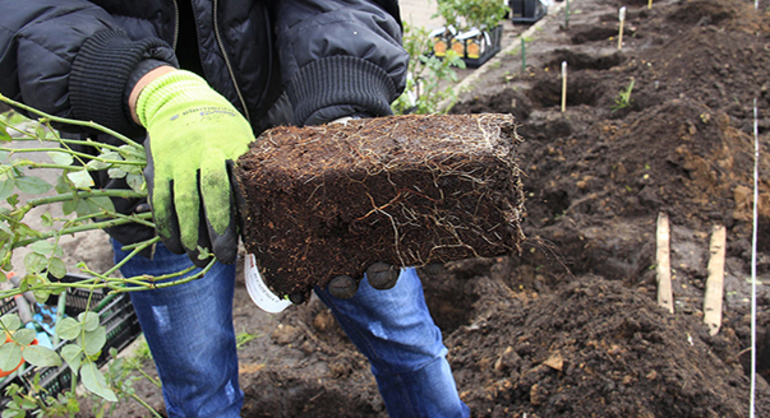
Residents of mid-latitudes receive much more seed in autumn than in spring. Young seedlings have time to gain vitality and get stronger before the onset of cold weather, and with the advent of winter, they begin to build up greenery. As a result, their flowering occurs no worse than in adult rose bushes.
Experienced gardeners from the suburbs recommend starting planting seedlings at a temperature of +13 to +15 ° C. In middle latitudes, this temperature is observed from mid-September to mid-October. Before the start of serious cooling, planting material will have time to take root and gain vitality for a long winter.
When planting roses in the fall, it is important to prepare a good site with abundant drainage and affordable lighting. It is important to pay attention to the passage of air masses and protect the culture from drafts.
Useful Tips
Roses are known to like highly fertile soil formulations with good drainage. If there is sandstone in the soil, it is better to combine it with clay, and place a five-centimeter clay layer on the bottom of the recess for planting. When growing a bush in a clay substrate, its composition is diluted with gravel and river sand. Broken brick or gravel is placed at the bottom of the landing pit. Such materials will serve as drainage.
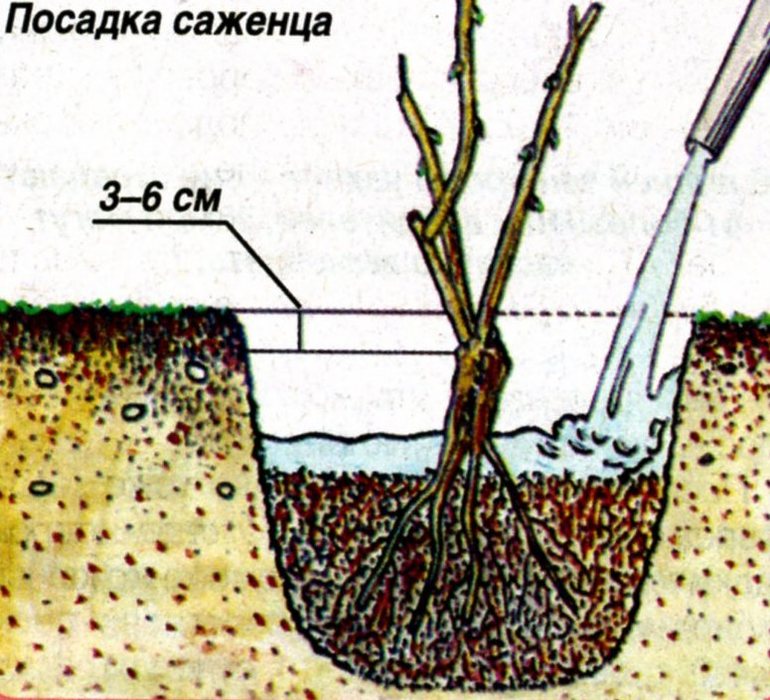
Fertilizers in the form of peat, humus and compost are given in large quantities and thoroughly mixed with soil, and then placed in a pit. It is better to start preparing the substrate 2-3 weeks before planting, so that the earth settles normally and gets rid of air voids.
Before starting planting, the soil is further loosened and a small mound is created on it. It is necessary to place the entire root system on it, spreading the roots. This action is mandatory for seedlings that were purchased in a store with an open rhizome. Planting them in the ground, it is necessary to shorten the roots, given the diameter of the landing pit.

If the planting material was bought in a pot, it must be removed from the ground together with a lump and placed in a pit so that, after falling asleep with soil substrate, the root neck deepens by at least 5 cm. The soil near the plant is carefully rammed and watered.
In order for the young bush to winter, it must be cut at the beginning of October, getting rid of inflorescences, buds and all leaves. The rose is completely covered with soil, compost or peat. These materials will act as a heat insulator. Then it is necessary to equip an effective shelter from metal arches or wooden boards, on top of which a protective layer is laid.
Important Nuances
Preparing a rose bush for wintering at home in the country is an indispensable part of growing a flower culture. Although the rose is considered an unpretentious plant, and the procedure for sheltering it for the winter does not require much effort, this process may be accompanied by some nuances.
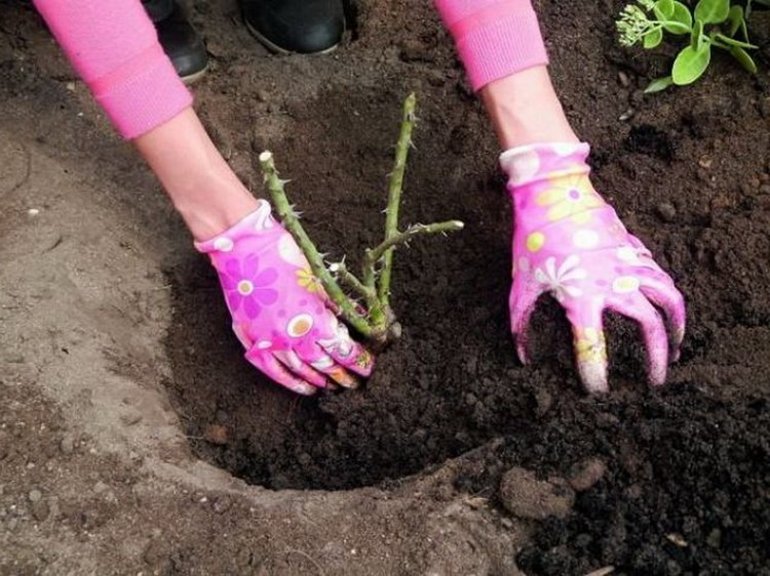
To avoid unforeseen death or wilting of a lush bush, it is important to carefully evaluate all the subtleties of its preparation for the winter and pay attention to the basic stages of such an event.
It is important to understand that each rose variety is characterized by its own characteristics and the specifics of growing. If some species are not afraid of severe frosts, then others die at the slightest drafts or lowering the temperature to zero.
High-quality preparation of roses for winter in the suburbs is the main guarantee of successful and magnificent flowering for the next year. To enjoy beautiful flowers in the next vegetative season, it is important to complete all the preparatory procedures, observing a certain sequence of actions.


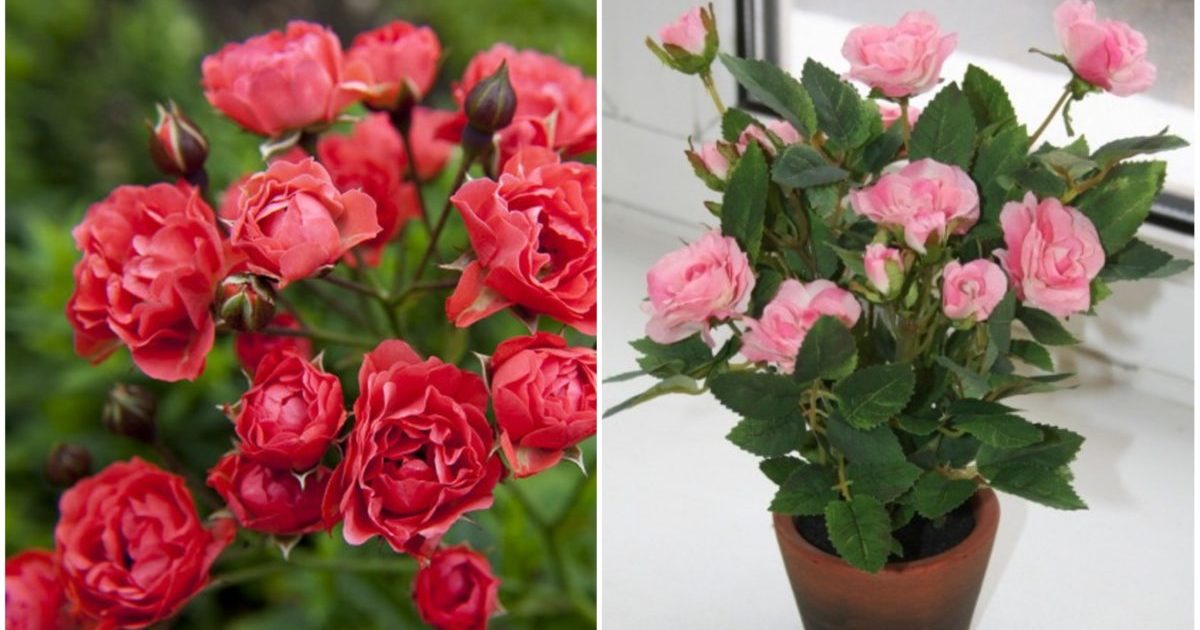
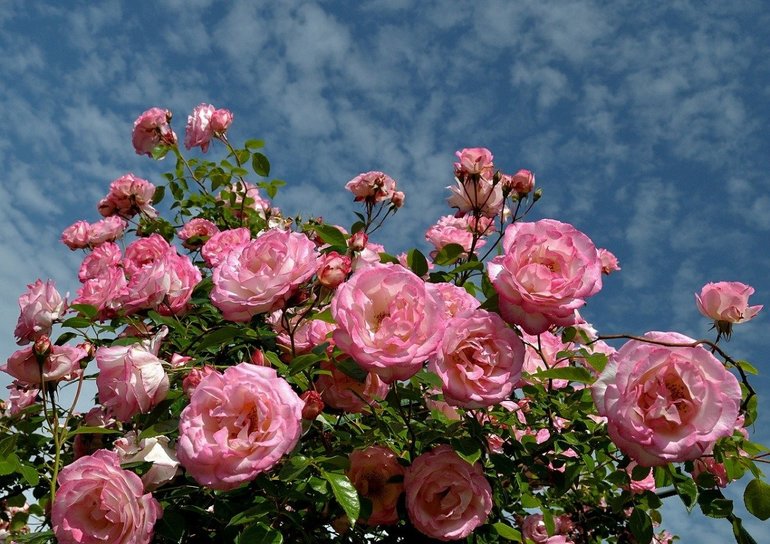
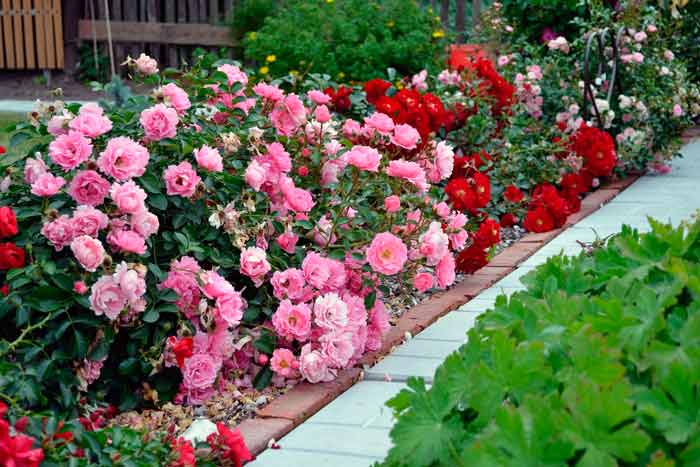 Shelter of roses for the winter: at what temperature does the robot hold
Shelter of roses for the winter: at what temperature does the robot hold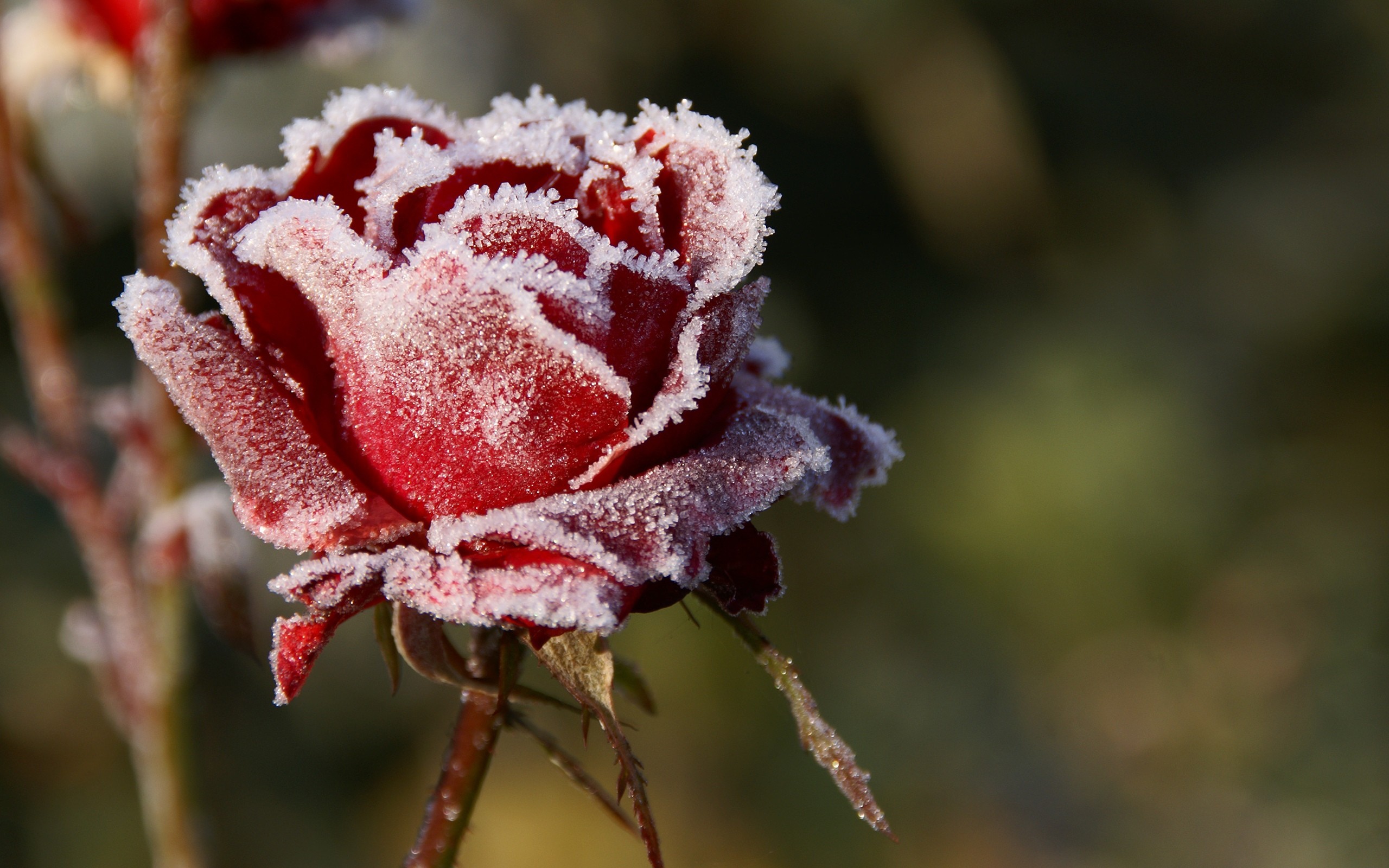 How to prune roses in the fall: timing, pruning rules, pros and cons
How to prune roses in the fall: timing, pruning rules, pros and cons What are the varieties and types of roses
What are the varieties and types of roses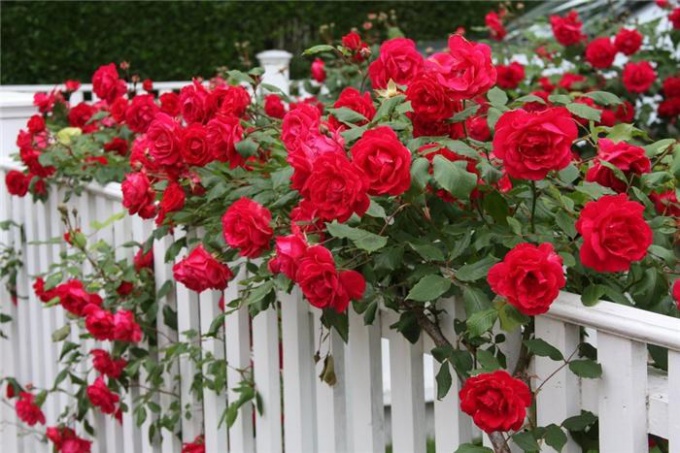 How to treat roses with iron sulfate in autumn: proportions, advantages and disadvantages
How to treat roses with iron sulfate in autumn: proportions, advantages and disadvantages